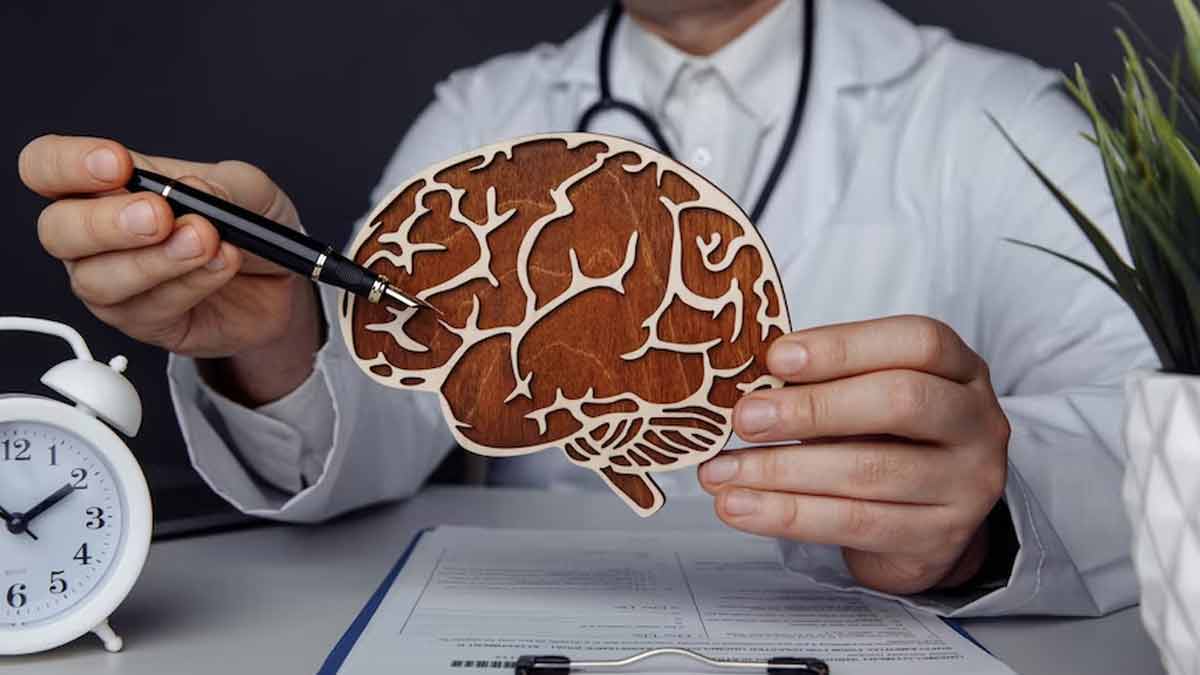
Diseases that are asymptomatic are the most dangerous. While symptoms help detect the presence of certain conditions and urge people to visit doctors, silent conditions can occur suddenly and, in severe cases, claim lives.
Table of Content:-
A silent stroke is one such condition that does not show any obvious signs, making it difficult for people to identify. In this article, we will discuss everything there is to know about the condition.
Also Read: Why Do Women Have A Higher Risk Of Stroke Than Men
What Is A Silent Stroke?

A stroke usually occurs when an artery is either blocked, halting the blood supply to a part of the brain, or if a blood vessel inside the brain ruptures. The symptoms usually depend on the location of the clot that blocks the blood supply. In certain cases, there may be no symptoms, leading to a silent stroke.
Speaking with the OnlyMyHealth team, Dr Amit Kulkarni, Senior Consultant Neurologist and Stroke Specialist, SPARSH Hospital, Bengaluru, describes a silent stroke as an event that happens in the brain without showing any obvious signs or symptoms like facial drooping, weakness in arms or legs, or trouble speaking.
According to him, these silent strokes can go unnoticed until a doctor finds them during a routine Magnetic Resonance Imaging (MRI) scan for some other disease or if a person has unexplained neurological issues, including problems with memory, changes in behaviour, loss of mobility, coordination, or speech.
How Can Silent Strokes Be Identified?
Given that silent strokes show no noticeable signs, here are a few tests that can help detect them:
- MRI Scans
- Computed Tomography (CT scan)
- Transcranial Doppler Ultrasound (TCD)
Some of the identifying markers of silent strokes on the brain scans include:
- White spots
- Scarred tissue
- Tiny areas of bleeding vessels
Why Are Silent Strokes Concerning?

Whether or not a stroke shows any symptoms or not, they must be addressed.
A systematic review published in the journal Stroke suggests that silent strokes can double the risk of future stroke in apparently healthy older adults.
Analysing data from over 14,000 people, researchers found roughly 18% of stroke-free participants had silent strokes. Importantly, even after accounting for other stroke risk factors like high blood pressure, silent stroke remained a significant predictor of future stroke.
Who Should Be More Careful?
According to Dr Kulkarni, people who have certain health problems like diabetes, high blood pressure, or high cholesterol are more at risk of having silent strokes.
Additionally, smoking, drinking too much alcohol, and not being active can also contribute to your risk.
On Reducing The Risk Of Silent Strokes

From getting regular check-ups for blood pressure and blood sugar levels to addressing underlying conditions, such as Obstructive Sleep Apnoea (OSA), Dr Kulkarni advised taking care of your health to reduce the risk of silent strokes.
He said, “If one has sleep problems like snoring, it's essential to address them, possibly by losing weight or making some lifestyle changes. People who have severe OSA using a machine called a CPAP while sleeping will improve their condition.”
Adding further, he recommends quitting smoking, cutting down on alcohol, and staying physically active.
Moreover, individuals who have had a heart attack or heart rhythm problems in the past should get proper treatment and take medications as prescribed by the doctor.
By taking these steps and making healthy choices, we can reduce the chances of silent strokes and keep our brains and bodies healthier for longer, the doctor concluded.
Also watch this video
How we keep this article up to date:
We work with experts and keep a close eye on the latest in health and wellness. Whenever there is a new research or helpful information, we update our articles with accurate and useful advice.
Current Version